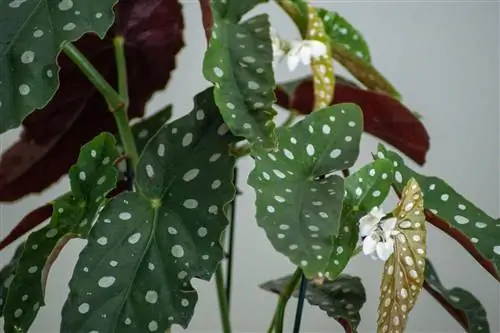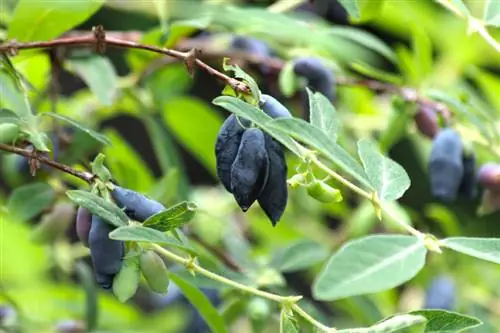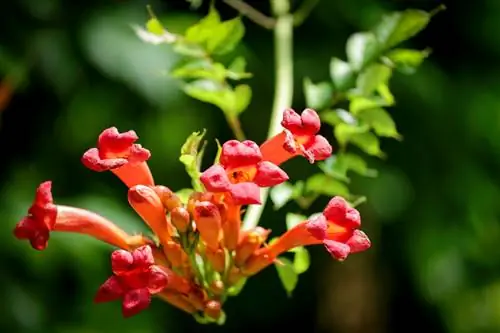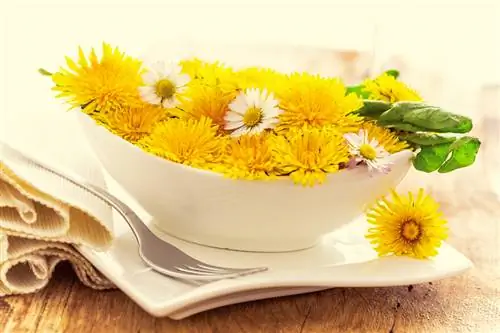- Author admin [email protected].
- Public 2023-12-16 16:46.
- Last modified 2025-01-23 11:22.
With its dotted leaves, the trout begonia looks extremely attractive. However, there is always talk of this plant being poisonous. Here you can find out what the toxicity of Begonia maculata is like.

Is Begonia maculata poisonous?
Begonia maculata contains two toxins: oxalic acid and calcium oxalate. Although it is not highly poisonous, it can be dangerous to children and pets. You should definitely avoid skin contact with the plant sap or even consumption of plant parts.
Which parts of Begonia maculata are poisonous?
Thejuice of the trout begonia is poisonous. It contains calcium oxalate and oxalic acid. Since the sap flows through almost all parts of the begonia, which comes from Brazil, many parts of the plant are toxic. However, there is significantly more juice and therefore more poison in the stem, leaves and flowers than, for example, in the dry roots of this type of begonia. The toxins can cause irritation when they come into contact with the skin or enter the body through the mucous membrane when the eyes are touched.
Who is Begonia maculata dangerous for?
The toxic substances in the trout begonia can be dangerous to smallchildren, weakened old people andpets. Begonia maculata is not highly poisonous, but a certain degree of caution is still advised. The plant sap is definitely harmful to the following pets if ingested:
- Cats and dogs
- Bunnies and hamsters
- Birds
Accordingly, you should not place the popular begonia houseplant in a room where a small child or pet could gain access to this begonia unobserved.
What symptoms of poisoning do the toxins trigger?
The harmful substances in Begonia maculata can cause symptoms of poisoning ranging fromskin irritationtonausea and even shortness of breath. The spectrum of symptoms associated with this poisoning is quite diverse. Vomiting, increased urge to urinate, diarrhea or even bloody diarrhea can also occur when ingesting or coming into contact with the poisonous plant sap. Eye contact with the poison causes vision problems. To avoid such symptoms of poisoning, it is best to use protective gloves (€9.00 on Amazon) when cutting back this begonia.
How do I provide first aid for poisoning?
Check therecording typeorcontact type with the poison of Begonia maculata and take the appropriate steps. Did the toxic plant sap get on the surface of the skin or come into contact with mucous membranes? Then rinse these areas immediately with plenty of water. Have plant parts or sap been swallowed? Then contact a doctor. If the affected person is already showing symptoms of poisoning, you should call an emergency number.
Tip
Choose a safe location
Other begonias, such as Begonia rex or Begonia gracilis, are also poisonous. Just because the plant sap is poisonous doesn't mean you have to give up these beautiful houseplants. You can place the plant in a room where pets or small children cannot access. Or they choose a location on a shelf that is inaccessible to children.






